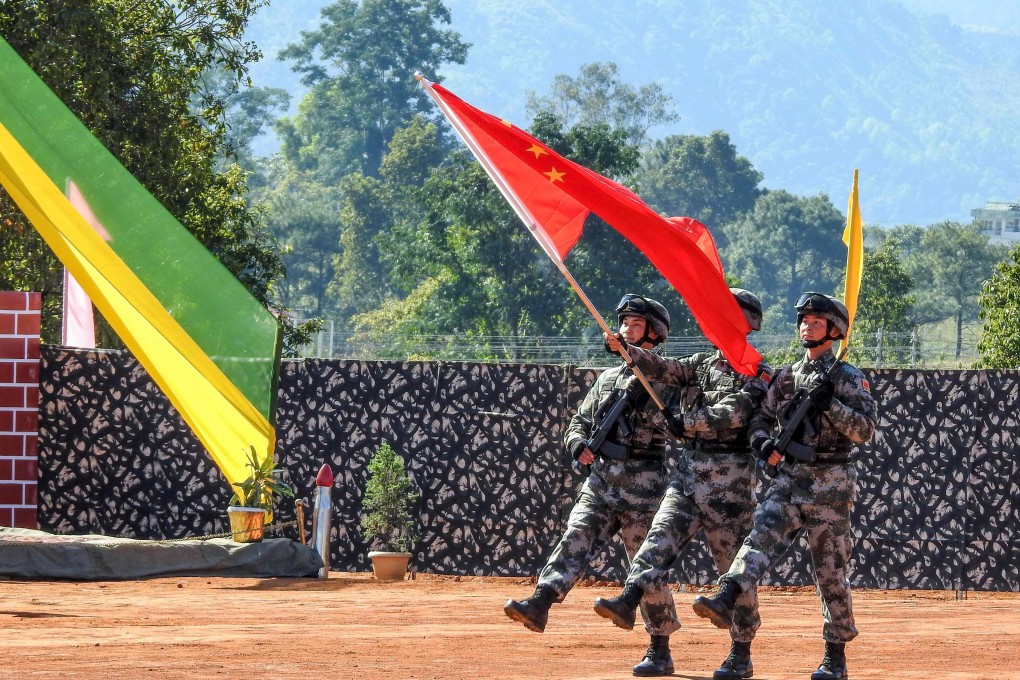Advertisement
Explainer | Can India and China get past their longstanding border dispute?
- The 22nd round of talks between Chinese Foreign Minister Wang Yi and India’s National Security Adviser Ajit Doval was shrouded in secrecy amid a downward slide in bilateral ties
- Besides the border issue, both sides are also managing ongoing sources of bilateral tension such as the trade deficit and the Kashmir issue
Reading Time:4 minutes
Why you can trust SCMP

India and China held their 22nd meeting on their long-running border dispute on December 21, with Chinese Foreign Minister Wang Yi visiting New Delhi for talks with India’s National Security Adviser Ajit Doval.
The meeting came amid a steady downward slide in Sino-Indian relations, despite Indian Prime Minister Narendra Modi and Chinese President Xi Jinping pledging to overcome differences at an informal summit in Mamallapuram, a coastal town in southern India, in October.
But since then, China has spoken up again on the situation in the disputed Kashmir region. It recently proposed a United Nations Security Council meeting after Pakistan wrote to the council on possible escalation of tensions in the region. The meeting was later postponed but could have embarrassed India, which has consistently maintained that the dispute is a bilateral one between itself and Pakistan.
Advertisement

Last month, a privately organised India-China business forum had to be called off as the Indian government refused to issue visas to the Chinese delegation, according to media reports.
What is this border dispute all about?
India and China have a seven-decade-old dispute on their borders that has cast a shadow on ties between the two countries and has been the cause of one full-blown war and a number of military skirmishes.
Advertisement
Select Voice
Choose your listening speed
Get through articles 2x faster
1.25x
250 WPM
Slow
Average
Fast
1.25x